While birds often claim fame for their impressive migratory journeys, an unlikely insect champion outflies them all, traversing continents through multiple generations. The monarch butterfly, with its distinctive orange and black wings, holds the remarkable title for the longest insect migration on Earth. These delicate creatures embark on a journey spanning thousands of miles, navigating with astonishing precision despite their seemingly fragile nature. Their migration represents one of nature’s most extraordinary phenomena, challenging our understanding of insect capabilities and evolutionary adaptations. What makes this achievement even more remarkable is that no single butterfly completes the entire round trip—instead, this epic journey spans multiple generations, with inherited navigational knowledge guiding each new cohort.
The Monarch’s Multigenerational Marathon
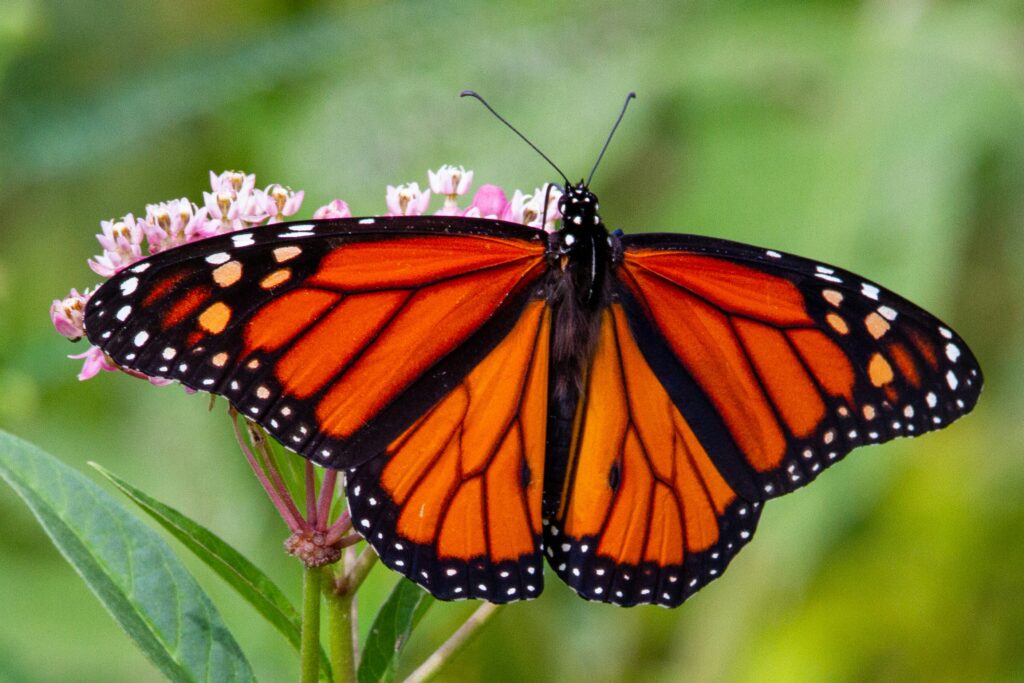
The monarch butterfly (Danaus plexippus) undertakes a migration spanning up to 3,000 miles from Canada and the northern United States to central Mexican highlands. Unlike bird migrations, no single monarch completes the entire round-trip journey. Instead, this remarkable migration unfolds across three to four generations of butterflies. The butterflies that begin the northward journey in spring produce offspring that continue traveling north. These subsequent generations have much shorter lifespans, typically living only 2-6 weeks. The final generation born in late summer and early fall, however, enters a physiological state called reproductive diapause, extending their lifespan to 8-9 months—the time needed to fly south, overwinter in Mexico, and begin the northward journey again before reproducing. This multigenerational relay makes the monarch migration unique among all migratory species.
Outflying the Birds

When compared to even the most impressive avian migrations, the monarch’s journey stands out for its remarkable distance-to-size ratio. The Arctic Tern, often celebrated for having the longest bird migration, travels about 44,000 miles annually between the Arctic and Antarctic. However, considering that monarchs are roughly 1/4000th the size of these birds, their migration represents an astonishing feat of endurance and navigation. If scaled proportionally to human dimensions, their journey would equate to circling the Earth multiple times. Furthermore, monarchs lack the physiological advantages birds possess—they cannot soar on thermals as effectively, must navigate around large bodies of water rather than crossing them directly, and have no parental guidance as they follow routes never traveled by their individual predecessors. This makes their achievement arguably more impressive than even the most celebrated avian migrations.
Scientific Mystery: Inherited Navigation
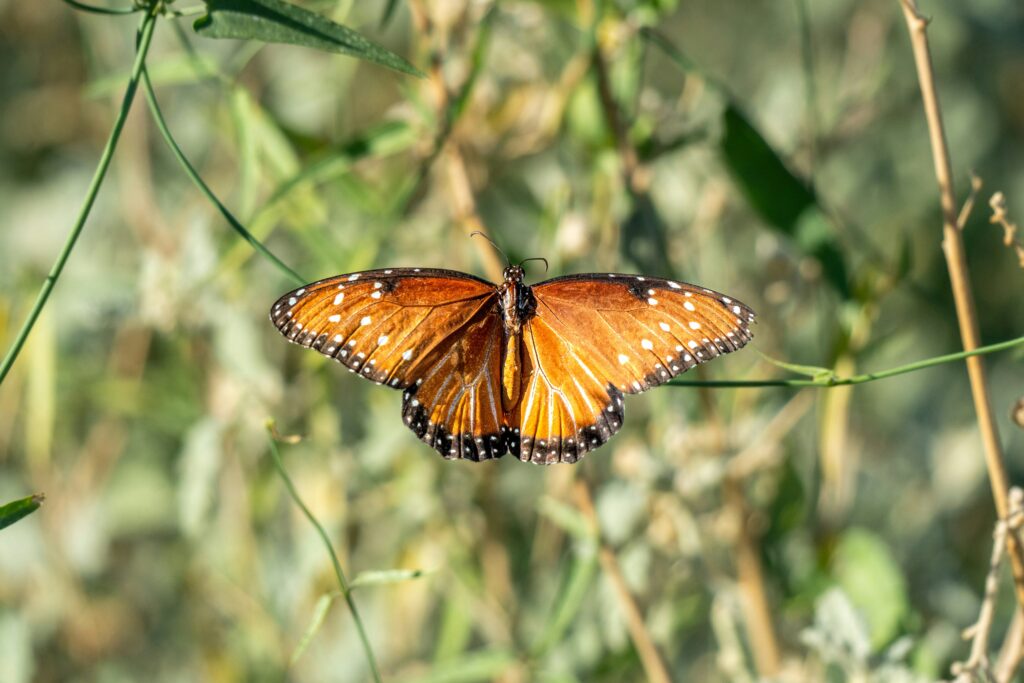
One of the most perplexing aspects of monarch migration is how these insects know where to go without ever having made the journey before. Scientists have discovered that monarchs possess an internal compass guided by the position of the sun, combined with an innate time-compensated sun compass in their brains. This sophisticated system allows them to maintain a southwesterly direction during their fall migration regardless of clouds or changing daylight hours. Recent research has also revealed that monarchs have light-sensitive cells that can detect the Earth’s magnetic field, providing a backup navigation system when solar navigation isn’t possible. The genetic programming for this migratory behavior and navigation has evolved over thousands of years, enabling butterflies born in Canada to find their way to specific mountaintops in Mexico that they’ve never seen before. This inherited navigational ability represents one of the most sophisticated genetic memory systems in the animal kingdom.
The Mexican Overwintering Phenomenon
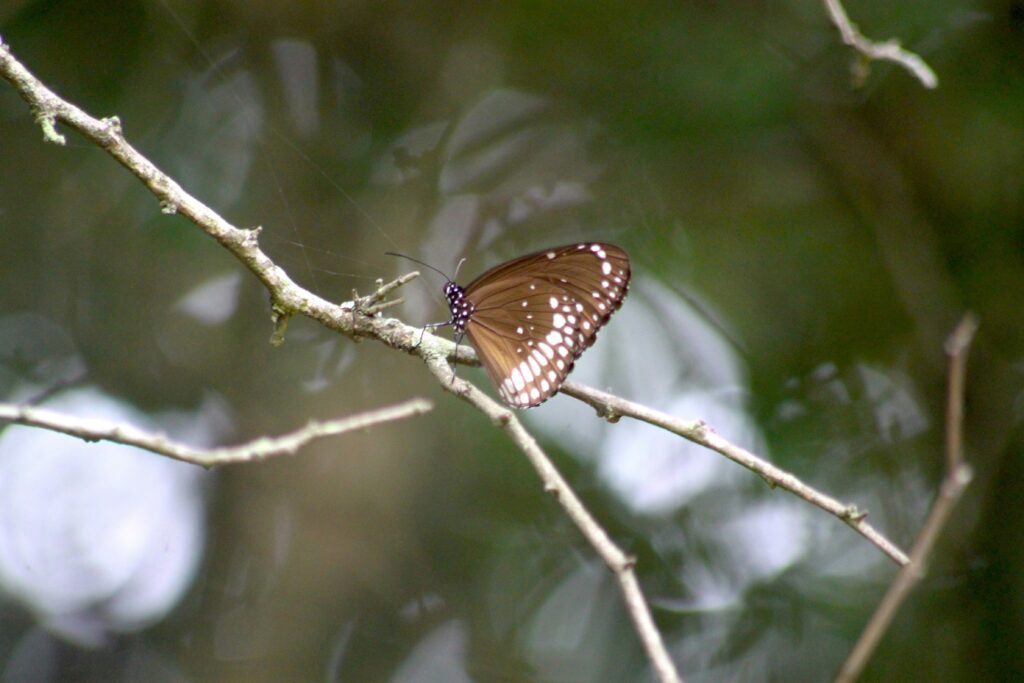
Each year, millions of monarch butterflies converge on a small region of mountaintops in central Mexico’s Transvolcanic Belt. This area, spanning just a few acres of oyamel fir forests at elevations between 2,900 and 3,400 meters, becomes blanketed with butterflies from November through March. The microclimatic conditions here are crucial—cool enough to reduce the butterflies’ metabolism and extend their lifespan, but not so cold as to freeze them. The oyamel trees create a protective canopy that moderates temperature and humidity while sheltering the clusters from precipitation. When the monarchs gather, they form massive clusters on tree trunks and branches, sometimes becoming so heavy that branches break under their weight. A single hectare may host up to 50 million butterflies, creating one of the most spectacular wildlife aggregations on Earth and drawing thousands of ecotourists annually to witness this breathtaking natural phenomenon.
Physiological Adaptations for Marathon Flying

Monarch butterflies possess several remarkable physiological adaptations that enable their extraordinary migration. During the pre-migration period, their bodies undergo significant changes—they develop more efficient muscles, increase fat storage by up to 40% of their body weight, and their reproductive systems enter diapause (a state of suspended development). This reproductive pause conserves energy that would otherwise be used for egg production and mating. Monarchs also have a unique wing structure optimized for both soaring and flapping flight, allowing them to take advantage of thermal currents while conserving energy. Their metabolism shifts to more efficiently process lipids during the journey, serving as their primary fuel source. Additionally, migratory monarchs develop enhanced cold tolerance, enabling them to survive occasional freezing temperatures they may encounter during their journey and at overwintering sites. These combined adaptations transform what appears to be a fragile insect into one of nature’s most impressive endurance athletes.
Milkweed: The Essential Host Plant

The entire monarch butterfly life cycle depends exclusively on milkweed plants (Asclepias species), making this relationship one of the most specialized plant-insect interactions in nature. Female monarchs lay their eggs only on milkweed plants, and the caterpillars feed exclusively on milkweed leaves, which contain toxic cardiac glycosides. Rather than being harmed by these toxins, monarch caterpillars incorporate them into their tissues, making both the caterpillars and adult butterflies unpalatable and often poisonous to predators. This chemical defense mechanism provides protection throughout their long migration and is advertised through their bright warning coloration. The decline in milkweed availability across North America due to agricultural practices, herbicide use, and land development has become a critical threat to monarch populations. Conservation efforts now focus heavily on restoring milkweed corridors along migratory routes to support this essential relationship between plant and butterfly.
The Eastern vs. Western Migration Patterns
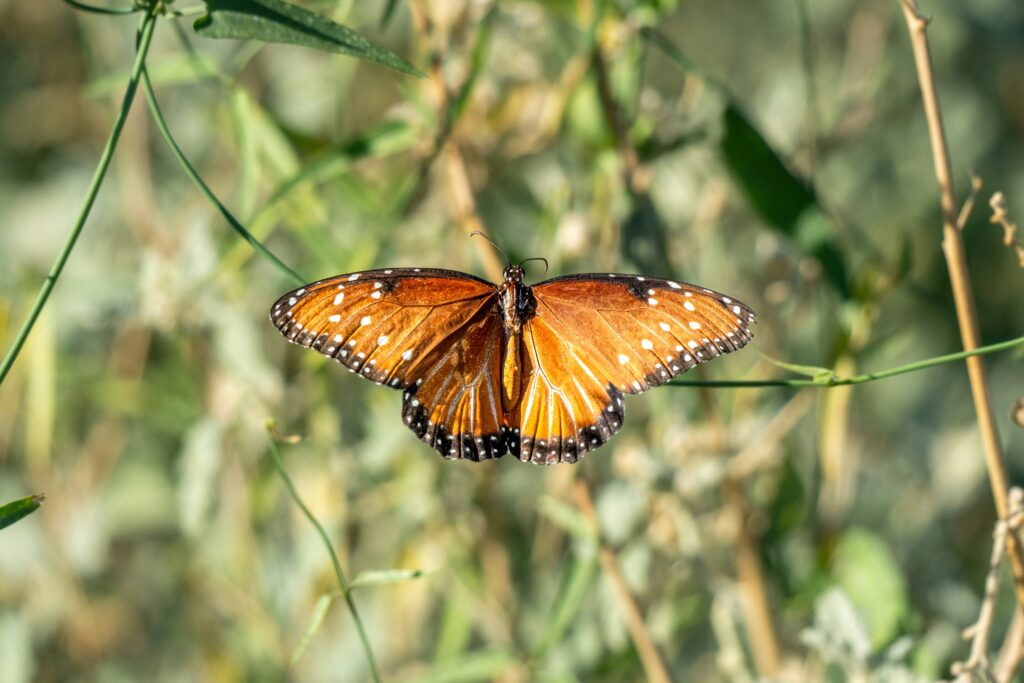
North American monarchs have developed two distinct migratory populations separated by the Rocky Mountains, each with unique patterns and challenges. The Eastern population, larger and more famous, travels from Canada and the northeastern United States to central Mexico, crossing up to 3,000 miles. The Western population, smaller but equally remarkable, migrates from areas west of the Rocky Mountains to overwintering sites along the California coast, primarily in Pacific Grove, Santa Cruz, and San Diego. Western monarchs typically travel shorter distances, averaging 500-1,000 miles, but face increasingly fragmented habitat. These two populations rarely interbreed, having evolved slightly different migration strategies and timing. Unfortunately, the Western population has experienced a catastrophic decline of over 99% since the 1980s, with fewer than 2,000 butterflies counted in 2020 compared to millions in previous decades, making this branch of the monarch migration in imminent danger of disappearing entirely.
Climate Change Impacts on Migration
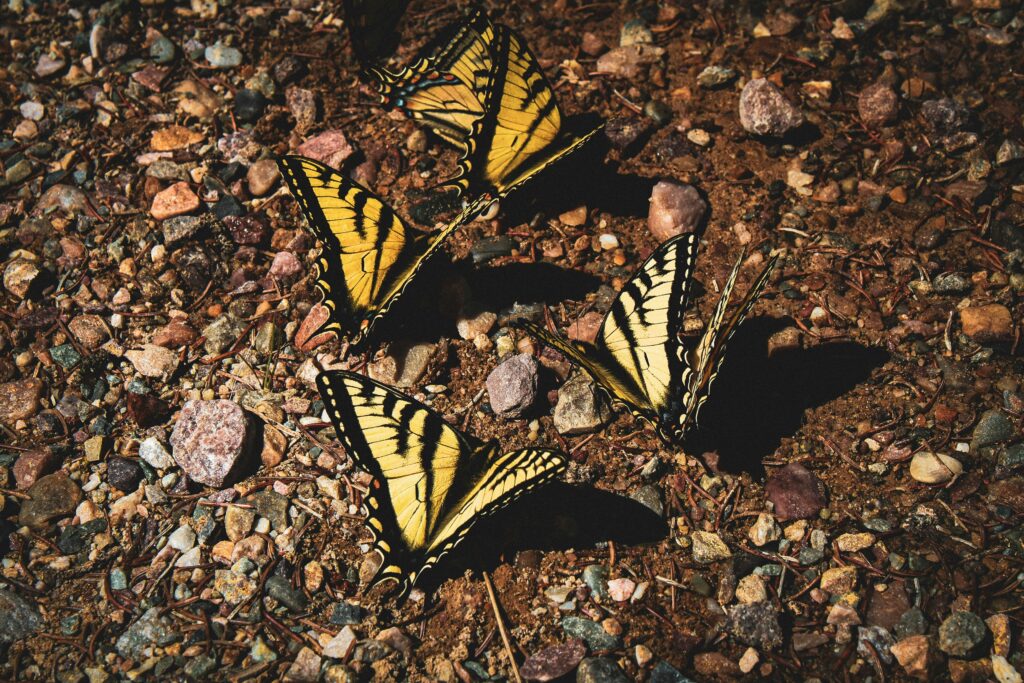
Climate change poses multiple serious threats to the monarch butterfly’s migratory phenomenon. Rising temperatures disrupt the delicate timing between monarch reproduction and milkweed growth, potentially creating mismatches where butterflies arrive before their host plants are available. Increasing frequency of extreme weather events, including droughts, storms, and unseasonable freezes, can destroy butterfly populations and their habitat along migratory routes. Warmer temperatures in overwintering sites may prematurely break diapause, causing butterflies to deplete energy reserves before spring conditions support their northward journey. Shifting climate patterns may also alter the environmental cues monarchs use for navigation and migration timing. Research suggests that if warming trends continue, much of the current Mexican overwintering habitat could become unsuitable by 2050, forcing monarchs to seek new winter refuges or potentially lose their migratory behavior entirely. These climate-related threats compound existing pressures from habitat loss and pesticide use, creating a perfect storm of challenges for migrating monarchs.
Population Decline and Conservation Challenges
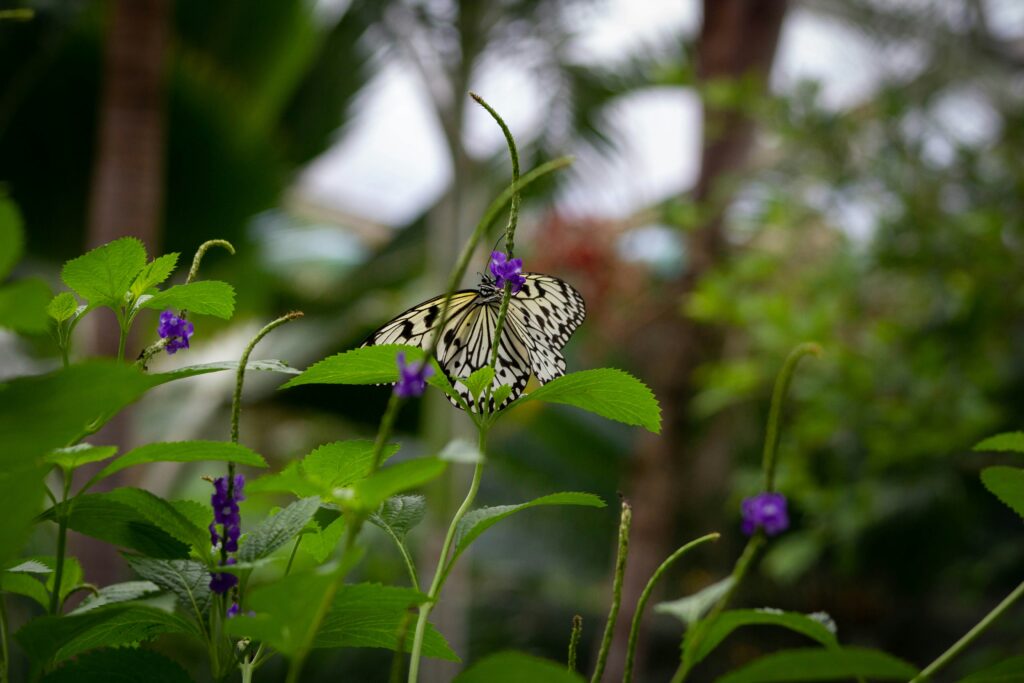
Monarch butterfly populations have plummeted by approximately 80-90% over the past two decades, raising serious concerns about the sustainability of their migration. In the 1990s, nearly one billion monarchs made the journey to Mexico, but recent counts have documented fewer than 100 million in some years. This decline is attributed to multiple factors, with habitat loss being paramount—particularly the elimination of milkweed from agricultural landscapes due to herbicide-resistant crops and increased herbicide use. Illegal logging in Mexican overwintering sites, despite protection efforts, continues to degrade critical winter habitat. Widespread pesticide use, especially neonicotinoids, affects both monarchs and the flowering plants that provide nectar for their long journey. Climate change further compounds these pressures. Despite these challenges, conservation efforts have mobilized across North America, creating the potential for one of the largest coordinated conservation efforts for a single species, spanning Mexico, the United States, and Canada.
Scientific Monitoring and Tagging Programs
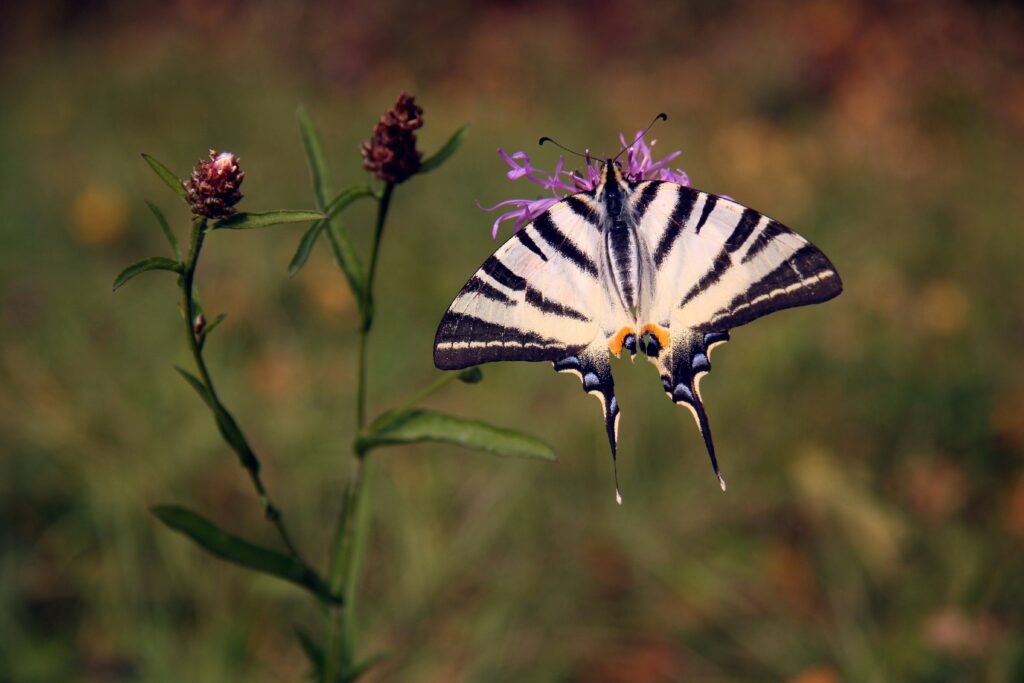
The monarch migration has inspired one of the most extensive citizen science projects in history through butterfly tagging and monitoring programs. Since 1992, Monarch Watch has coordinated a tagging program where volunteers place tiny identification stickers on monarchs’ wings during their fall migration. This has generated invaluable data about migration routes, timing, and success rates, with over a million butterflies tagged and thousands of recoveries documented. The Journey North program enables citizens to report monarch sightings, creating real-time maps of migration progress that scientists use to correlate weather patterns and climate factors with migration timing. In Mexico, scientists conduct annual surveys of overwintering colonies, measuring the area occupied by butterflies as a proxy for population size. These combined monitoring efforts provide crucial data for conservation decisions and have advanced scientific understanding of long-distance insect migration. The engagement of thousands of citizen scientists has also created a constituency advocating for monarch protection across the continent.
Cultural Significance Across North America
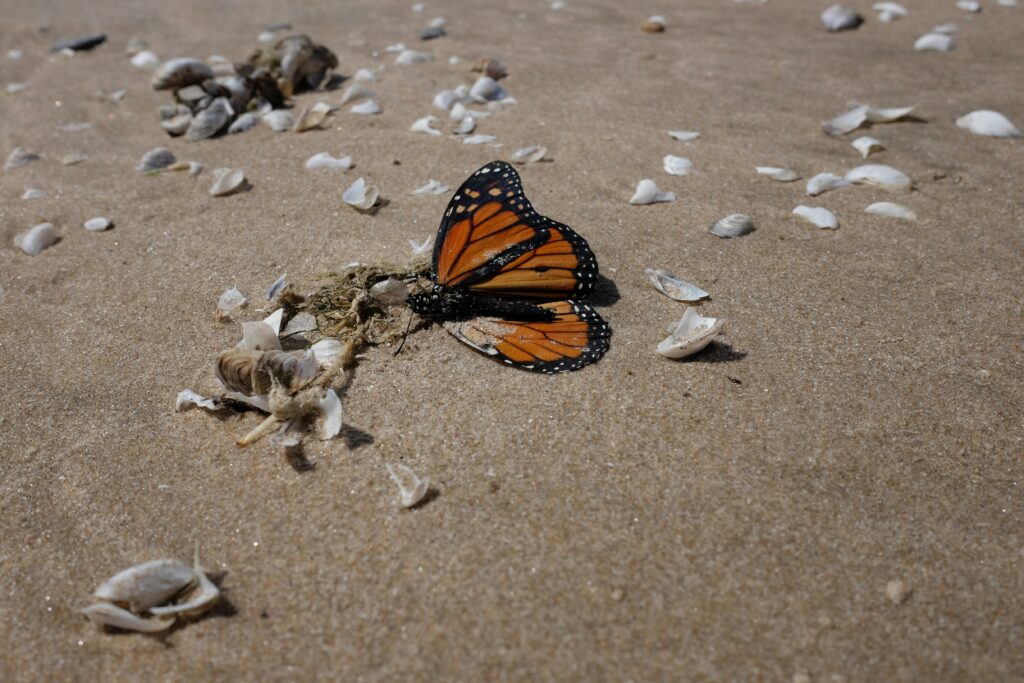
The monarch butterfly holds profound cultural significance across its migratory range, transcending national boundaries and connecting diverse communities. In Mexico, particularly among indigenous Purépecha people, monarchs are believed to carry the souls of departed ancestors who return during the Day of the Dead celebrations, which coincide with the butterflies’ arrival. Their annual appearance in central Mexico has been celebrated for centuries and now supports ecotourism economies in rural communities near overwintering sites. In the United States and Canada, monarchs have become powerful symbols of conservation, featured in educational curricula and serving as ambassadors for pollinators and insect conservation broadly. The butterfly’s cross-continental journey also symbolizes the interconnectedness of North American ecosystems and has fostered international cooperation in conservation efforts. In 2016, this cultural and ecological significance was recognized when the monarch migration was added to UNESCO’s Intangible Cultural Heritage list, acknowledging not just its natural wonder but its importance to human cultural identity.
Conservation Success Stories and Hope
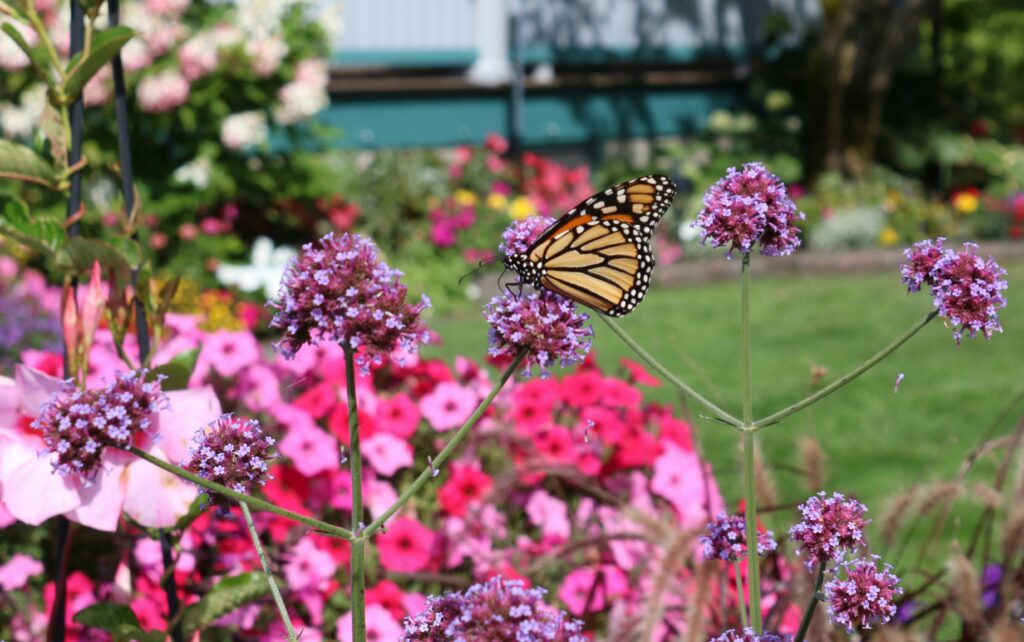
Despite the serious challenges facing monarch butterflies, there are encouraging signs of effective conservation actions. The trinational Monarch Butterfly Conservation Plan, established by Mexico, the United States, and Canada, represents unprecedented international cooperation to protect a migratory species across its entire range. In Mexico, enhanced protection of overwintering sites has reduced illegal logging by over 90% in core zones. The Million Pollinator Garden Challenge has inspired the creation of over one million pollinator-friendly gardens across the United States, many specifically designed to support monarchs. Major conservation organizations have established “monarch highways” by planting milkweed along interstate corridors, creating essential habitat in migratory pathways. Corporate and agricultural initiatives have engaged farmers in establishing milkweed buffers around crop fields. Recently, several consecutive years of favorable breeding conditions have shown that monarch populations can rebound quickly when conditions improve, demonstrating the species’ resilience. These successes provide hope that with continued conservation efforts, the remarkable monarch migration can persist for future generations to witness.
How Individuals Can Help Preserve This Natural Wonder
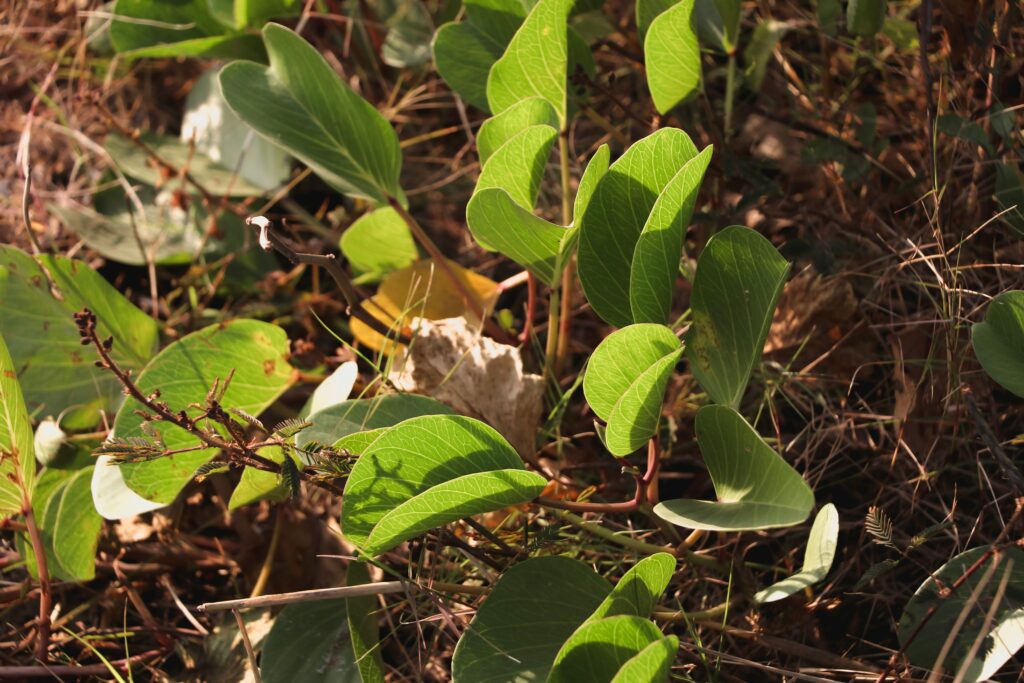
Individual actions collectively play a crucial role in preserving the monarch migration phenomenon. Planting native milkweed species appropriate to your region provides essential breeding habitat, while native flowering plants offer nectar sources for adult butterflies. Avoiding pesticide use in gardens, particularly systemic insecticides like neonicotinoids, helps create safe havens for monarchs and other pollinators. Participating in citizen science programs like Monarch Watch, Journey North, or the Monarch Larva Monitoring Project contributes valuable data to scientists tracking migration patterns and population trends. Advocating for monarch-friendly policies at local, state, and federal levels can help protect habitat and limit harmful agricultural practices in critical areas. Supporting conservation organizations working on monarch preservation through donations or volunteer work extends individual impact. Educational outreach—sharing the monarch’s story with neighbors, schools, and community groups—builds broader awareness and appreciation for this natural wonder. These combined individual efforts create a network of monarch-friendly landscapes that can sustain one of nature’s most extraordinary migrations for generations to come.
Conclusion
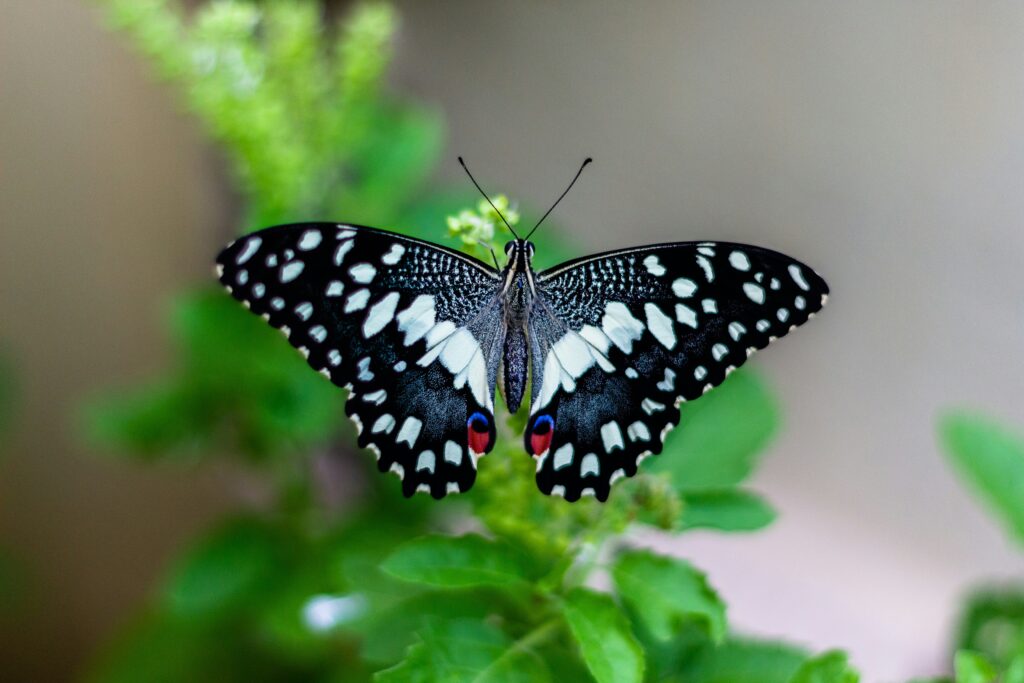
The monarch butterfly’s migration stands as one of nature’s most remarkable phenomena—a testament to the extraordinary capabilities encoded within even the smallest creatures. Spanning thousands of miles and multiple generations, this migration represents an evolutionary achievement that surpasses even the most celebrated bird journeys when considered relative to body size and lifespan. While facing unprecedented threats from habitat loss, climate change, and agricultural practices, the monarch’s story has catalyzed conservation action across North America, uniting three countries in efforts to preserve this natural wonder. As scientists continue unraveling the mysteries of how these delicate insects navigate with such precision across continents, the monarch reminds us that nature’s most extraordinary accomplishments often come in unexpected forms. By understanding and protecting this migration, we not only preserve a biological marvel but maintain a living connection between landscapes, nations, and generations—a fluttering testament to nature’s resilience and ingenuity.

